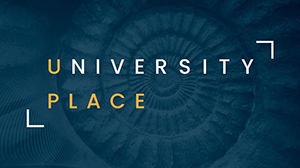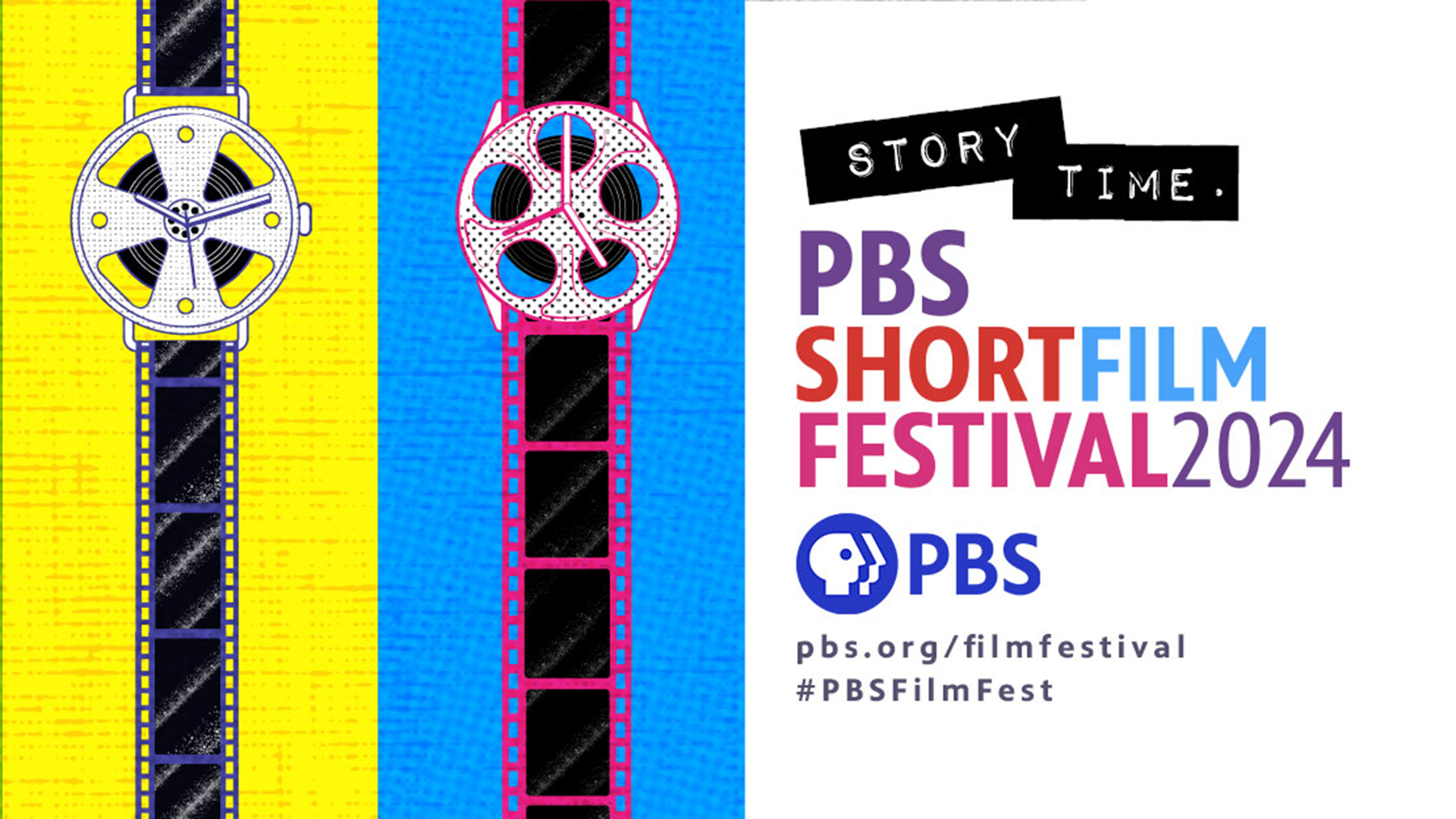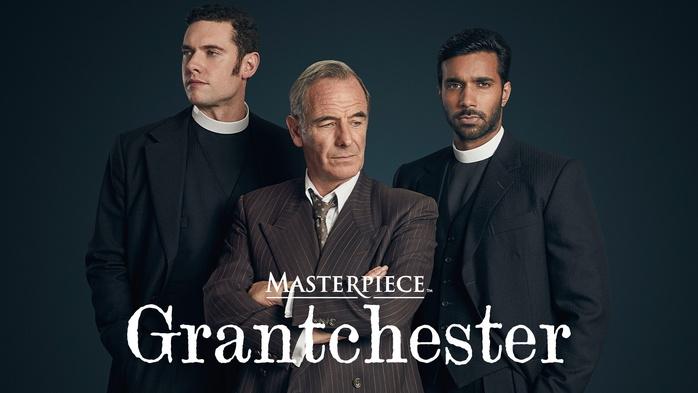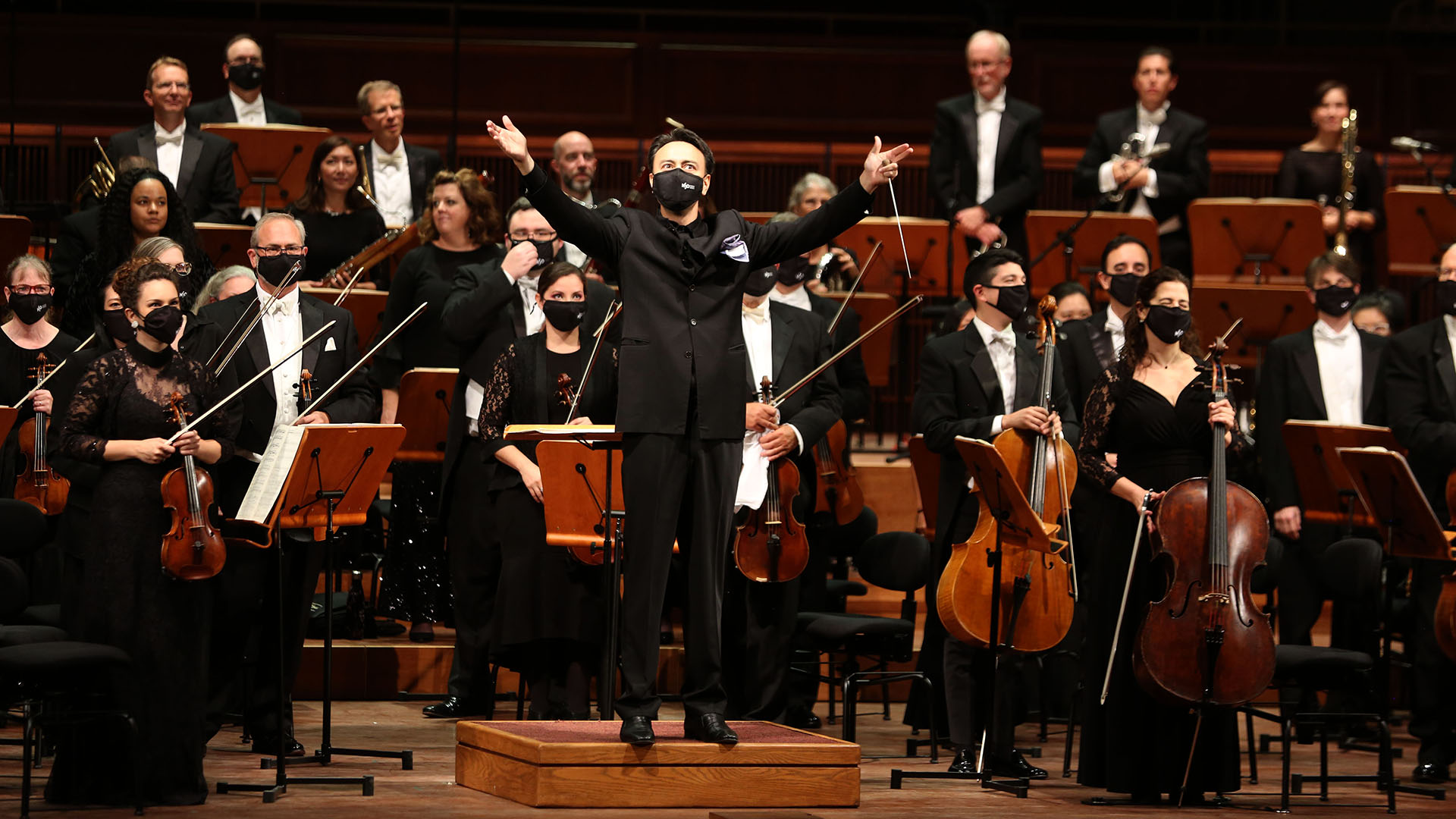Milwaukee Symphony Orchestra special airs Dec. 19 — read a Q&A now!
December 1, 2021 Leave a Comment
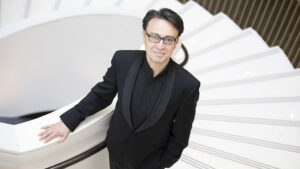
Milwaukee Symphony Orchestra music director Ken-David Masur. Photo by Scott Paulus.
PBS Wisconsin celebrates the long-awaited return of live performance and the debut of a world-class symphony hall in Milwaukee with Live from Bradley Symphony Center: Milwaukee Symphony Orchestra.
The program, a production of Milwaukee PBS, features the orchestra’s first 2021-22 performance in the new Bradley Symphony Center. It premieres 8 p.m. Friday, Dec. 17 on The Wisconsin Channel (PBS Wisconsin-2) and airs again at 3 p.m. Sunday, Dec. 19 on PBS Wisconsin (PBS Wisconsin-1). The program will be available to stream online and on the PBS App beginning Dec. 17.
The concert, conducted by Milwaukee Symphony Orchestra (MSO) music director Ken-David Masur, honors both the new season and new performance space, located in the former Warner Grand Theater. In advance of the premiere, PBS Wisconsin spoke with Masur about the inaugural performance in the new space, developing the program and his hopes for inspiring viewers.
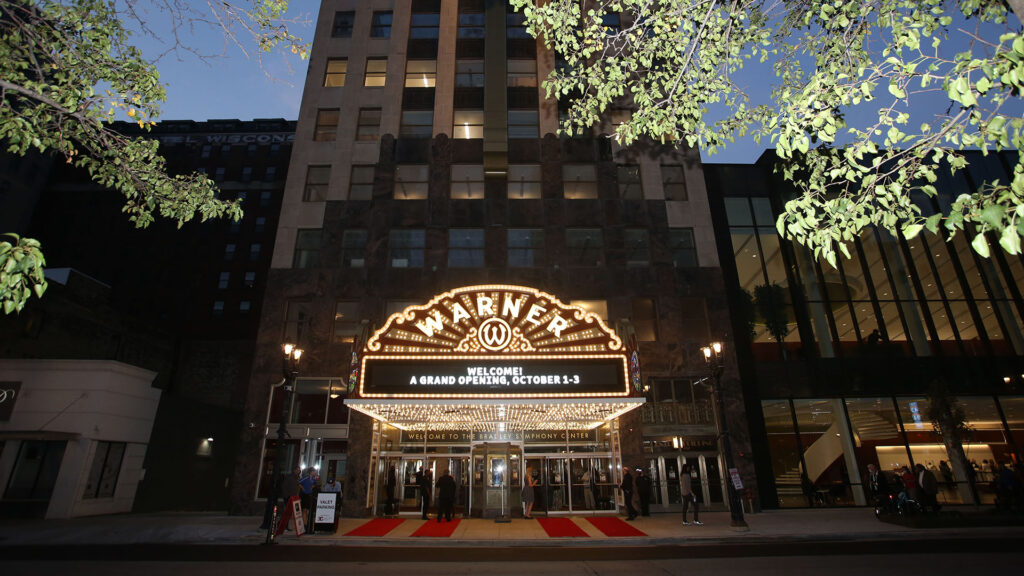
PBS Wisconsin: Walk us through the musical program that you developed for this program.
Ken-David Masur: There were so many things that went into this program in particular because it didn’t just remain the same program that we had originally planned for the opening of our new hall, which was originally something that included large chorus and so on. Something that includes all the forces that you normally have that you want to put on display to celebrate the opening of such a great location, of a new concert hall that really has not just great acoustics but also a fantastic look. The programming incorporated many thoughts.
“Opening” by Eric Nathan
We commissioned a work to open the hall by American composer Eric Nathan, which is called “Opening.” He came to see the hall to be inspired for what to write that is specific to the venue and not just the occasion. The fact that he would then set to work and come and see the space while it was under renovation and construction in the hall and also set to work during the pandemic of course had implications on the nature of both the commissioning idea of opening a hall, inaugurating a space, but also where we’re coming from and coming out of.
This piece has that idea of connections, of connecting the distances and having the orchestra not just on the stage but having individual players around the hall for that reason. That you have this call and answer, this calling out and this echo, or simply voices and thoughts that come out of the distance and that connect through the space because we want this space to be a place where people connect both with each other and their own imagination and their own history of where they come from. A lot of these ideas that Eric Nathan is known to incorporate into his thinking, his approach, he’s very sensitive to the narrative of each of his pieces and that comes through very much through this work, “Opening.”
“Rhapsody in Blue” by George Gershwin
We were looking forward to introducing Aaron Diehl, the pianist who’s starting this artistic partnership with us this new season in the new hall, and how to incorporate him and having something as quintessentially American as “Rhapsody in Blue.” But in addition to that, this piece comes out of the whole philosophy of early 20th century Gershwin and creates this modern orchestra experiment as he sort of called it. He wanted to see what are the touching points of creating a work that brings together the world of jazz, the world of the orchestra, and how that looks for new paths in American music. That’s something we would like this hall to be part of in the next century, basically a hundred years later. We’re coming up on the centennial of “Rhapsody in Blue.”
“New World A-Comin’” by Duke Ellington
We added Duke Ellington with “New World A-Comin'” which comes out of the deep trouble and the conflicts of the backdrop of the second World War as it was performed in 1943. It’s something that many of us can identify with in terms of crisis, in terms of what people are still going through, the kinds of challenges and hopes in addition to the pandemic, to what has happened especially in this country in terms of social uproar and economic challenges and so on. I think that the duality of those two together with Aaron Diehl were very important to us as a message, that we want the hope to not die that the new world is coming.
“Firebird Suite” by Igor Stravinsky
We finished with Stravinsky’s firebird program because, of course, firebird is the story of this miracle, this miraculous bird that has magic powers to get us out of conflict, get us out of misery, and I think more symbolic is that all of those individuals in the story of the firebird that have tried to free the princesses, they were paralyzed by a monster, by an evil power and so the paralysis of those individuals who tried to free the people that they love is through a miracle melted into everybody being alive again and celebrating that life.
“Green Fuse” by James B. Wilson
I really wanted to incorporate a piece by this young British composer because we want to make sure that we discover and we give voice to people who need discovering and who need a platform to have a voice. James B. Wilson’s “Green Fuse,” is inspired out of a poem by [Welsh poet Dylan Thomas] from the ’30s. That connection of the ’30s and the poetry and an unknown composer who really should be known, comes out of the discovery during the pandemic. The pandemic – for me, not performing – I used as a means to go on the hunt of discovery, of talent that should be played by a major orchestra and perhaps be introduced in this way. The idea of the ’30s is another theme this year. The original part of the hall was opened during not just the Great Depression but during Prohibition in this country in 1931, and of course all of the Art Deco and all of the imagery that you see coming in is associated with this time. So the ’30s is a theme that’s going through what we’re highlighting later this year with the ’30s Festival which will go from January to February. This kind of started that thread if you will.
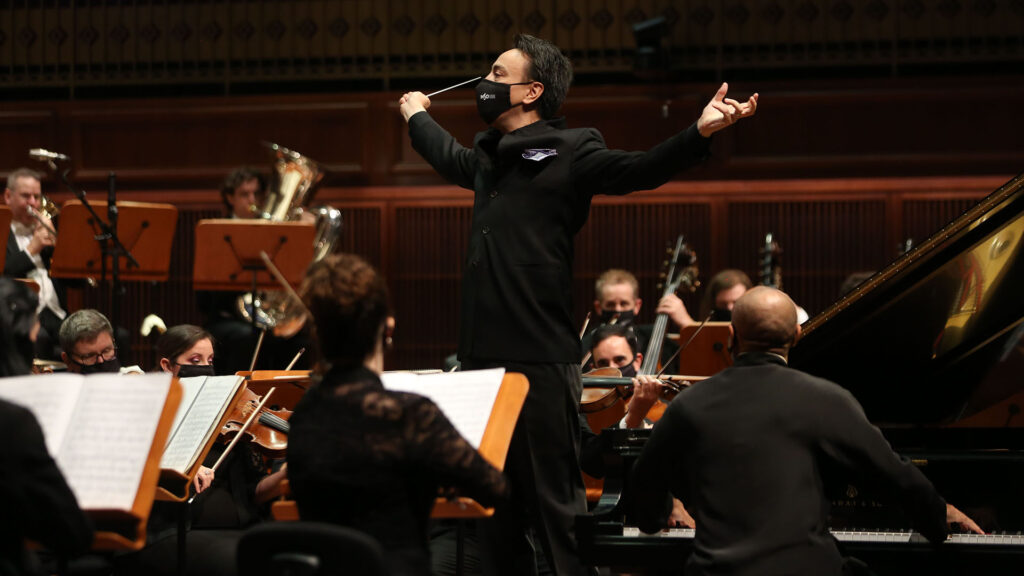
Featured image and above: Ken-David Masur leads the Milwaukee Symphony Orchestra on opening night. Photos by Jonathan Kirn.
PBS Wisconsin: What was it like for you and the orchestra to finally be performing live music after so long?
Masur: It was just joy and relief and I think for some, pure joy and release of pent-up hopes, pent-up anxieties. The great gift to be a musician is that whatever we’re going through, and not just a musician but those who we were able to play for in the space at the time, whatever everybody is going through for that moment in time you have peace if you surrender to your music making and to being together and to connecting through the music — finding a chord, finding the same note, finding the same pitch. And riding that sound wave that we haven’t had for so long and certainly not in a way that could be shared.
We already knew that something would be different when we came back and that many of us will not take things ever for granted anymore, which we try not to, but sometimes all of us do in different ways. What was the most wonderful thing for me personally and something that I feel shared by many of my colleagues and collaborators is that we all thought we knew the reactions we would have and we were all moved deeply when we realized we had no idea what it would do to us and that we would be so moved and touched and feel emotions that were dormant and that we didn’t have. In many ways, the things that have happened to us as musicians were so amplified and strong, almost as if we had listened or experienced music for the very first time as little children going to their first concert. That was a huge gift.
PBS Wisconsin: What is your hope for viewers who watch this program?
Masur: The hope is that what comes through is the joy and the need that we see to being together again for these performances and making people feel that this is alive, that this is not just something that they’re watching. Many people are watching things at home and sometimes we spend too much time on a screen watching things that we don’t know anymore. Is this from years ago or is this current? But what comes through the screen when people are watching it, is that we all need this live experience to connect, that the music is being played in this live environment and that’s what gives it that energy and that’s what gives it that extraordinary, unique vibe of all of these occasions coming together, of entering a new home, understanding your new home and how this new instrument of the hall resonates with you and with the people in it, and that it would inspire people who are watching to seek out similar kinds of occasions. Just to be with people and celebrating life which is what music is hoping to do.
With people watching at home, I personally have been really enjoying PBS concerts even though I knew this is on the screen, this is not live. But with the PBS production and the kind of care and the sensitivity and understanding of the whole crew that came to the hall and the conversations that led up to the actual performance, I know there is such care in trying to bring this live experience to a screen and translating that experience to a screen that makes it feel like you’re there. You can sense the electricity in the room, you can sense the smells and the feel of this space, and I think that’s what PBS has always been able to capture. I can’t wait to watch it together with my own family for the first time.
 Passport
Passport
